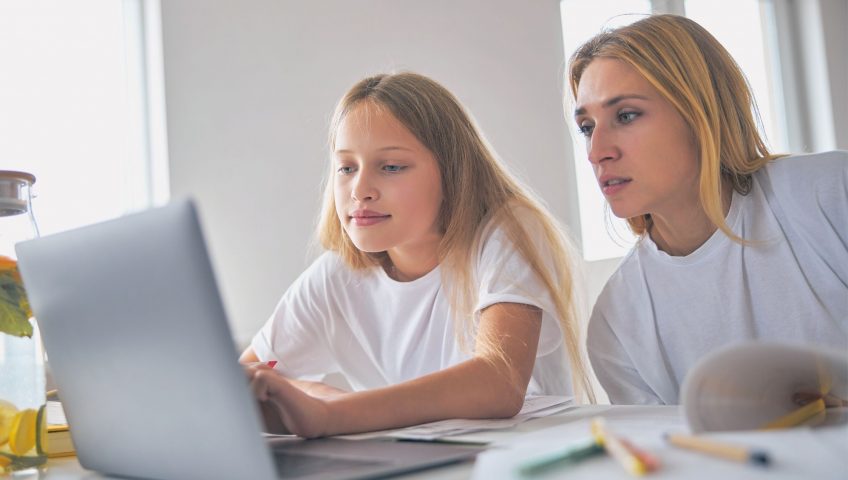With so much of our time spent using the internet every day, it has never been more important to promote the safe use of technology, to build digital skills, and to help everyone have safer, more positive experiences online. Taking a leaf from the recent Safer Internet Day 2022, held on the 8th of February and celebrated in 170 countries, the following are some things we can all do to increase online safety (& kindness).
Update your security and privacy settings
Yes – we know – it’s one of those things we all mean to get around to, but don’t necessarily do… But how about this? The next time you’re sitting down with a cuppa, rather than spending five or ten minutes scrolling past images of dogs doing the darndest things or happy snaps of school friends you haven’t seen since school, why not take a moment to check the privacy settings on all of your devices and apps to improve online safety?
We recommend using different (STRONG!) passwords for each online account (and signing out each time you finish). You can also add multi-factor authentication to many apps/accounts for extra protection. Remember that social media sites also have privacy settings to help control who sees your posts and who can send you friend requests – use them!
Locate your location settings (and amend them as necessary)
While it is important for map applications and various other types of technology, GPS location information can also be used to track your movement and whereabouts. To improve online safety when using GPS:
- Keep your devices (phones, tablets, laptops etc.) secure with strong passwords or passcodes. Do not leave your devices on the default settings, particularly the default device name and password.
- Turn off GPS and location services when they are not in use.
- Audit your apps to identify those that use location information and turn off those services unless they’re completely necessary. (If privacy or safety is a concern for you, do not opt into sharing your location through apps that allow location sharing with friends.)
- Delete the location history from your phone habitually and, for iPhone users, clear out your frequent locations history also.
Manage your online engagement
Online communities and social media options can, of course, be both blessing and a curse, but you can control what you see and read online. Conversation controls are available to help you manage your social media feeds, ensuring your chosen platforms are a more positive place to spend time online. For the lowdown on how to mute, block or unfollow people across various applications, check out The eSafety Guide.
Don’t downplay or ignore online abuse
If someone said those things in a face-to-face public forum – at a bus stop, perhaps, or in line at the supermarket – would they be okay? If not, they’re not okay online either. Research shows that people, particularly women, often downplay online abuse. If you feel it is safe to do so, collect evidence of any online abuse you receive – take a screenshot and save a URL – which can then be used if you choose to report online abuse to the relevant platforms and, depending on the level of harm, to eSafety or the police.
Instagram, Facebook, YouTube, and other social media sites provide community rules to follow.
Remember: If you or someone you know sees something that’s not respectful, you can anonymously make a report and ask the site to remove it.
Contact Geelong’s technology experts to help improve your online safety.
If you’re not sure how to turn off your location information or you’d like a hand with setting up two-factor authentication on your business accounts, drop by the office or give our experienced technicians a call. We’re here to help individuals and businesses in Geelong, Ocean Grove, Barwon Heads, Torquay, Bellarine Peninsula, Surf Coast, Golden Plains, Colac, and Warrnambool.
☎ 1300 GET GTG (1300 438 484)
📍 166 Francis Street, Belmont

